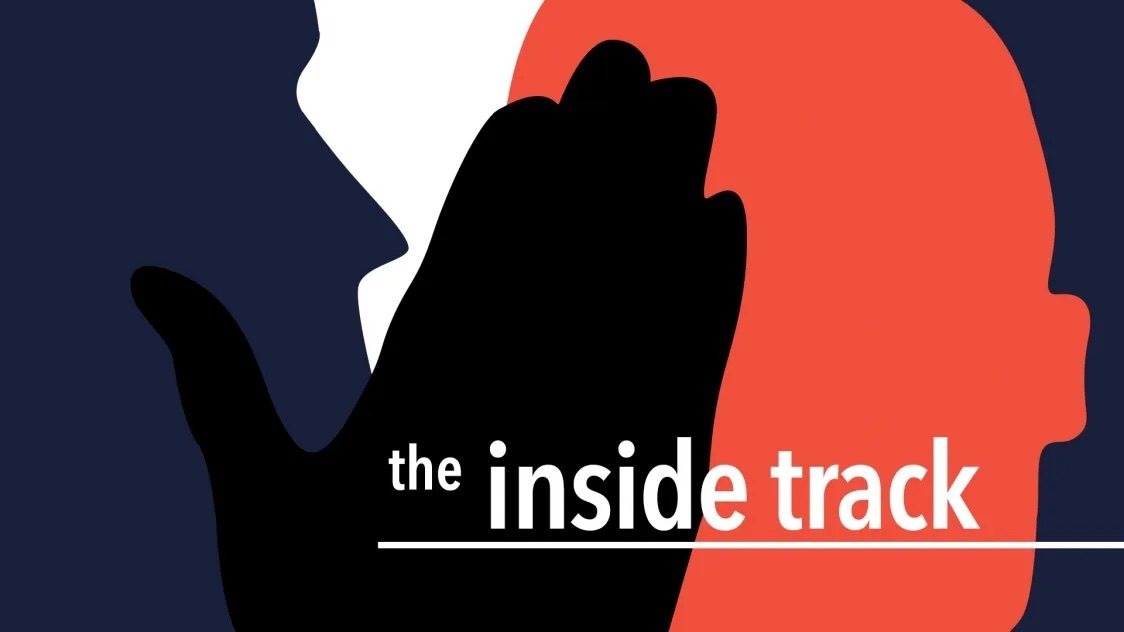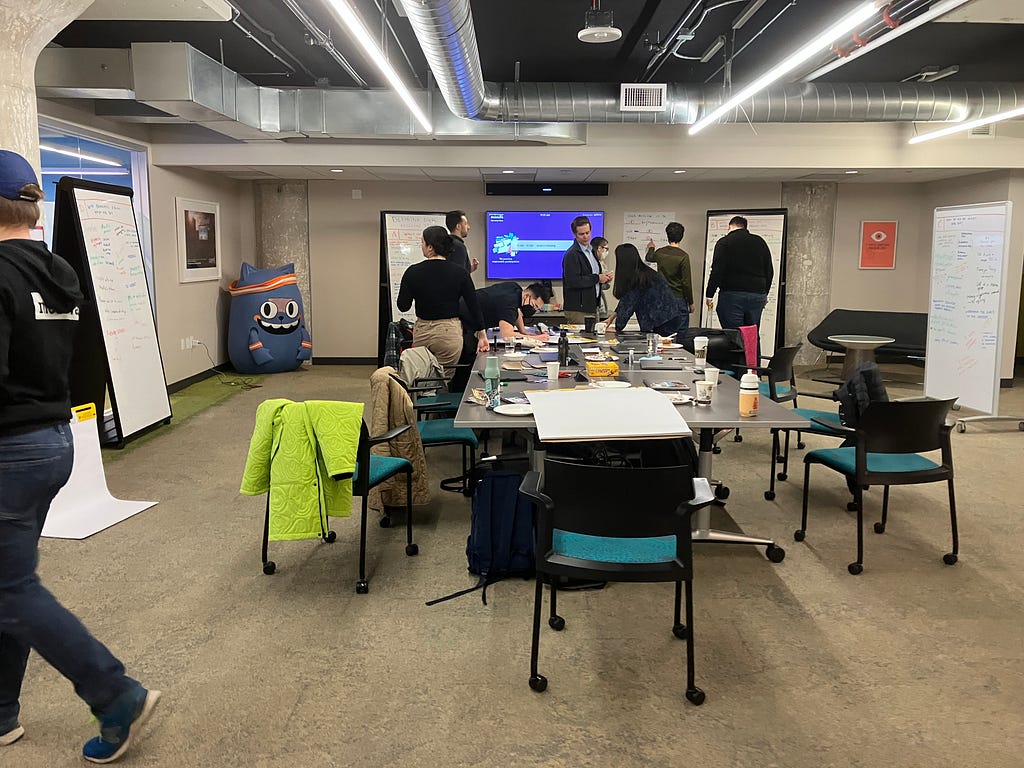Sydney, 9 February 2018 – 'Stranger Things' star David Harbour and ‘Fantastic Beasts’ star Alison Sudol are on board a Greenpeace ship heading for Antarctic waters. They will help make the case for an Antarctic Ocean Sanctuary backed by campaigners, scientists, over 40 international celebrities and 800,000 people around the world.
Following a Twitter challenge, resulting in more than 200,000 retweets in five hours, David Harbour secured a place on the Greenpeace ship alongside singer-songwriter and actress Alison Sudol. They have joined an expedition to gather scientific evidence of the need for an Antarctic Ocean Sanctuary to safeguard species like whales and penguins.
More than 40 international celebrities have joined David and Alison as ambassadors for the ‘Protect the Antarctic’ campaign. From countries ranging from Argentina to China, Spain to Israel, the ambassadors include actors, presenters, explorers, musicians, chefs and fashion designers:
Gillian Anderson, Carlos Bardem, Javier Bardem, Sir Quentin Blake, Tanya Burr, Jim Chapman, Gwendoline Christie, Lily Cole, Fearne Cotton, Dame Judi Dench, Tracey Emin, Lena Endre, Hugh Fearnley-Whittingstall, Ralph Fiennes, Sir Ranulph Fiennes, Ben Fogle, Stephen Fry, Roie Galitz, David Gandy, Terry Gilliam, Philip Hoare, Vanessa Kirby, Annie Lennox, Alvaro Longoria, Joanna Lumley, Les Luthiers, Dame Helen Mirren, Thandie Newton, Simon O’Brien, Chris Packham, Simon Pegg, Vanessa Redgrave, David de Rothschild, Jack Rowan, Sir Mark Rylance, Alexander Skarsgård, Alison Steadman, Michaela Strachan, Laura Wells, Vivienne Westwood, Wang Yuheng.
David Harbour, who plays Police Chief Jim Hopper in ‘Stranger Things’, and is on board the Greenpeace ship Arctic Sunrise, said:
“Well, Greenpeace says the Weddell Sea and its surroundings are home to a precious ecosystem, vital to sustaining our future. And that there’s penguins there. And that I’ll get to waddle around with them, discuss their parenting techniques with them and yes, yes, dance with them. And that they’ll film it. And that if maybe I get enough support from everybody, they’ll gimme that video, so I can rent it out to you (be kind, rewind please).
“Those who think I don’t have the sea legs to cross the Drake Passage, nor the cojones to scare away a rogue fur seal in my way, nor the animal magnetism to attract a group of curious penguins… Look it’s not the smart money bet… I mean, I’ve been known to do stranger things (insert canned laughter here).”
Alison Sudol, who plays Queenie Goldstein in ‘Fantastic Beasts and Where to Find Them’, and is on board the Greenpeace ship Arctic Sunrise, said:
“There is a massive movement to protect these waters, which provide invaluable refuge to marine wildlife, and I am thrilled to join Greenpeace as an Antarctic Ambassador! Not only do I get to shout about it everywhere I can, but I also get to put on my life jacket and long johns and go exploring.”
Wang Yuheng, a nature lover and reality TV star famous for superhuman observation and memory, and who will be joining the expedition in February, said:
“If the world is an ink painting, Antarctica is the pristine white space that gives it depth. We must protect it, its oceans and its wildlife.”
Javier Bardem, Oscar-winning actor who joined Greenpeace’s Antarctic expedition in January, said:
“The benefits of an Antarctic Ocean Sanctuary would be global. Healthy oceans sustain precious wildlife and help limit climate change.”
Stephen Fry said:“Every year blue whales, the largest animal that has ever lived, migrate thousands of miles to feed in the seas of the Antarctic. Last century we almost hunted these gentle giants to extinction: now we need to get serious about giving them proper protection to recover and flourish by establishing an Antarctic Ocean Sanctuary.”
Dame Judi Dench said: "From plastic pollution to overfishing and climate change, our oceans are under threat. Here on land we can all take action to help, by not using throwaway plastic like bags, straws and bottles. But if our seas are going to recover, scientists are telling us we need to create sanctuaries covering at least 30% of the planet's oceans. Sanctuaries encourage vital biodiversity, provide food security for the billions of people that rely on our oceans, and are essential to tackling climate change. We need to protect the world's oceans and it starts right now in the Antarctic!”
Dame Helen Mirren said: “The Antarctic is a special place, home to so many extraordinary animals, and it needs to be protected from the damage caused by humans to so much of the rest of the planet. I’m delighted to be an Ambassador for an Antarctic Ocean Sanctuary.”
Sir Ranulph Fiennes said:“I was the first person, with Charles Burton, to surface travel to both the South and North poles, and, with Dr Mike Stroud, I was the first to cross the Antarctic Continent entirely on foot. The Antarctic is a place of exploration, wonder and wilderness. Let’s keep it that way, by creating an Antarctic Ocean Sanctuary.”
Gillian Anderson said: “Sadly we have been all too quick to exploit our global oceans, and all too slow to protect them. Despite scientists agreeing we urgently need massive ocean sanctuaries to protect marine life, progress is glacially slow. That’s why I’m getting behind Greenpeace’s campaign to create a huge Antarctic Ocean Sanctuary.”
Sir Quentin Blake said: “Home to colossal squid, giant sea spiders and enormous blue whales, protecting the Antarctic Ocean is a big job - and that’s why I’m glad to add my voice to the massive movement to protect it.”
Joanna Lumley said: “The Antarctic has been over hunted and overfished; now it is facing the terrible impacts of global climate change. It’s high time we stop exploiting and start protecting.”
Alison Steadman said: “Protecting this vital, life-giving ocean is the only way to look after all of the precious animals that call the Antarctic home. They can’t exist without the southern ocean - and frankly, neither can the rest of us!”
David de Rothschild said: “Wherever you look around the planet our human habits are now undeniably responsible for the devastating impacts and pressures facing nature. The penguins, whales and seals are already facing immense pressures from climate change, pollution and overfishing and if that wasn’t bad enough we’ve added yet another layer of destruction and stress to their habitats. Left unmonitored and to their own devices fishing vessels are sucking up krill for the sake of profit over planet, leaving the marine life to fight for what’s left! This route leads to one result - the collapse of an invaluable ecological system. That’s why we must support an Antarctic Ocean Sanctuary that would not only protect wildlife, but would help to keep our oceans healthy which can only be a good thing for everyone! It’s time to stop the war on nature!”
Terry Gilliam said: “This Antarctic Ocean Sanctuary would be the largest place on earth set aside for wildlife to live in peace: an area five times the size of Germany, or the equivalent of 200 Yellowstone National Parks. That’s something worth being an Ambassador for.”
Lily Cole said: "There is no government for the Antarctic and so no one truly speaking out on its behalf. I am proud to support Greenpeace’s dedication to making the Antarctic the biggest protected area in the planet."
Alexander Skarsgård said: "Greenpeace are going to the end of the earth and the bottom of the sea to protect our planet. Let’s stand with them to call for an Antarctic Ocean Sanctuary.”
Ben Fogle said: “Blue Whales can live for up to 100 years, so many lived through decades of whaling that decimated their species. We need to make sure that they also live to see their Antarctic home protected.”
Chris Packham said: “When you think of the Antarctic you probably think of snow, penguins, whales and drifting icebergs. You probably don't think of fishing vessels hoovering up the essential food source these incredible animals depend on: krill. But that is sadly what is happening right now: vast ships sucking tonnes of these tiny crustaceans out of the ocean, sometimes even under the gaze of nearby penguin colonies. We need to create a protected space for Antarctic wildlife free from human exploitation. Penguins have lived in these waters for millions of years. We must let them have an Antarctic Ocean Sanctuary.
Hugh Fearnley-Whittingstall said: "I’ve had the amazing opportunity to visit the Antarctic Peninsula and South Georgia, where I experienced sights, sounds and smells that I will remember as long as I live. Everything there, from penguins, seals and whales, to krill, jellyfish and plankton, depends on a healthy Antarctic ocean. This is one part of our blue planet we can take immediate action to protect. So let’s do it.”
Jack Rowan said: "I’m extremelyproud to become an ambassador for Greenpeace’s incredible efforts around the world, and particularly the protected ocean sanctuary they’re looking to create in the Antarctic. We’ve all seen the devastation created by human pollution in oceans around the world, and we need to come together to help protect these as yet untouched parts of our planet. I for one will do anything I can to help retain these natural habitats for the animals that live and thrive there.”
- ENDS -
Notes to editors:
Photos of David Harbour and Alison Sudol on board the ship, some of the other Antarctic ambassadors, and the Greenpeace Antarctic expedition so far, are available here:
http://act.gp/2En6yoC
Further information about Greenpeace’s three-month Antarctic expedition is available here: http://act.gp/2G74Vtr
The proposal for the Antarctic Ocean Sanctuary has been submitted by the EU and will be considered when the Antarctic Ocean Commission next convenes, in October 2018.
Media contacts:
Alex Sedgwick, Antarctic Global Communications, Greenpeace UK, alexandra.sedgwick@greenpeace.org, +44 (0) 7773 043 386
Greenpeace International Press Desk, pressdesk.int@greenpeace.org, +31 (0) 20 718 2470 (available 24 hours)








